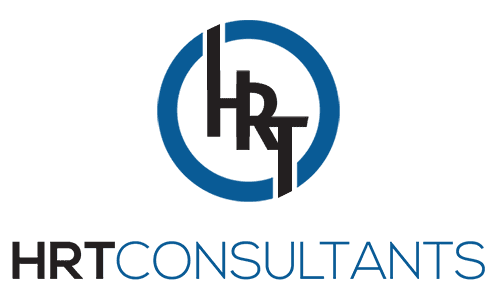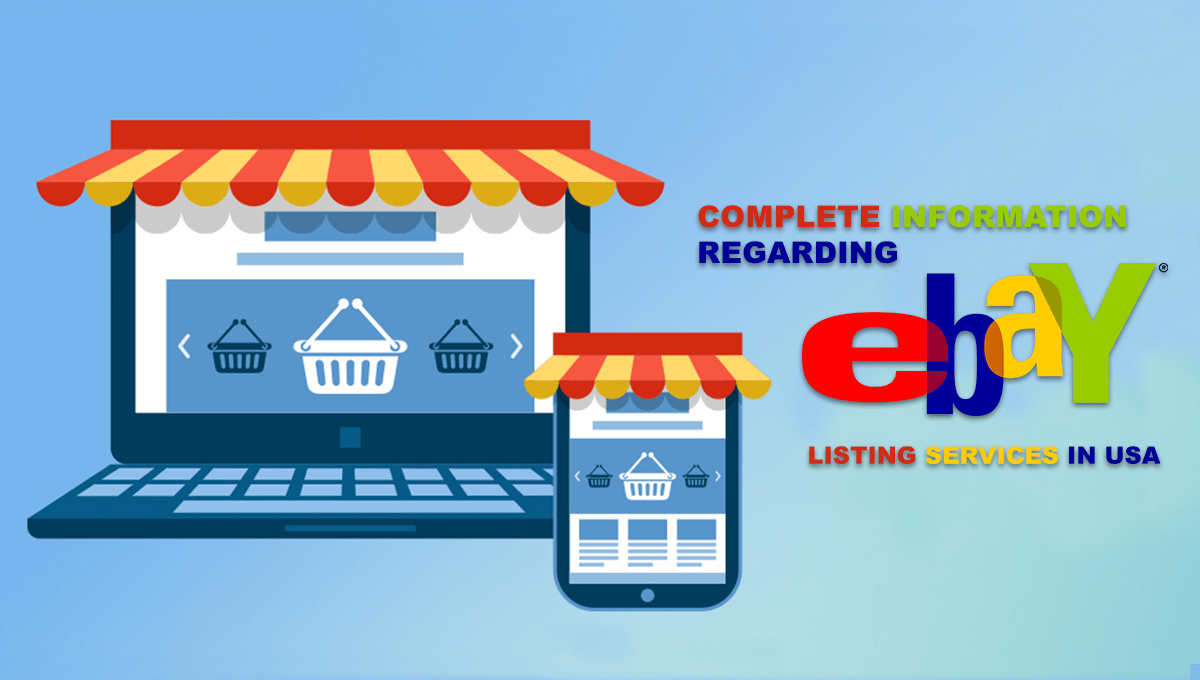Unlocking 21 Proven Strategies for Exponential Business Growth via a High-Performing Website
Ahsan Bilal2024-04-05T11:39:03+00:00In today’s digital landscape, having a strong online presence is imperative for businesses seeking growth and success. A well-crafted website serves as the cornerstone for enhancing visibility, attracting quality leads, boosting sales, and establishing trustworthiness.
This comprehensive guide delves into the myriad ways in which a website can catalyze business growth. You’ll discover invaluable tips and strategies to optimize your website effectively, yielding tangible outcomes such as increased traffic, enhanced conversions, and heightened revenue generation. Whether you’re just starting out without a website or aiming to refine your existing one, the insights provided here will empower you to maximize your online impact and steer your business towards a prosperous future.
By the conclusion, you’ll have a tailored website strategy poised to engage more customers, outperform competitors, and propel your business to unprecedented heights. Let’s embark on harnessing the immense benefits an optimized online presence can offer your business.
Chapter 1: The Vital Role of Websites in Business Survival
In today’s digitally driven world, the significance of having a website for your business cannot be overstated. Here are compelling reasons why websites have become indispensable assets:
- Expanding Reach Exponentially: A website functions as a 24/7 virtual storefront, enabling potential customers worldwide to discover your business at any time. This grants a significant advantage over brick-and-mortar establishments limited by hours and physical boundaries. With over 4.3 billion internet users globally, an online presence offers unparalleled opportunities for exposure. Even for local businesses, a website is crucial for visibility, as 97% of consumers search for local companies online.
- Establishing Credibility and Trust: A professionally designed website enhances brand legitimacy, meeting the expectations of customers who predominantly search via mobile devices. An outdated or poorly optimized website may deter potential customers, as 88% of online consumers consider website design when making purchasing decisions. Additionally, showcasing testimonials, awards, and certifications on your website swiftly establishes trust with visitors, crucial in a landscape where online reviews heavily influence consumer behavior.
- Accessing Actionable Analytics and Insights: Websites provide invaluable analytics to track visitor demographics, behavior, and conversions, enabling informed decision-making. This data facilitates optimization of website elements, content, and marketing strategies, ultimately improving performance over time. Additionally, identifying high-value customer segments allows for personalized targeting, maximizing engagement and conversions.
- Future-Proofing Your Business: With consumers increasingly favoring online transactions, not having a website risks missing out on a burgeoning revenue stream. Ecommerce revenues are projected to surpass $7.3 trillion globally by 2025, underscoring the significance of tapping into online sales opportunities. Even service-based businesses benefit from digital lead generation and bookings, emphasizing the need for a strategically optimized website to thrive in the digital era.
- Gaining a Competitive Edge: In a landscape where 60% of small businesses lack a website, establishing a robust online presence provides a distinct advantage. A professionally branded and optimized website enhances credibility and positions your business ahead of competitors still reliant on outdated marketing channels. Professional websites are more likely to engage consumers searching for local businesses, ensuring you stay ahead in the digital marketplace.
- Cost-Effective Marketing and Promotion: Websites offer cost-efficient marketing avenues compared to traditional advertising mediums. Content creation and SEO practices drive organic traffic without significant ongoing costs, while social media integration provides affordable promotional opportunities. With versatile and low-cost marketing options, websites are essential for maximizing returns on marketing investments, particularly for startups with lean budgets.
- Delivering Superior Customer Experiences: Websites facilitate seamless customer interactions through features like live chat, FAQ databases, and automated chat bots, enhancing convenience and satisfaction. Optimized for mobile devices, websites align with consumer preferences for digital engagement, ensuring effortless navigation and transactions. By prioritizing customer experience, websites foster loyalty and long-term relationships, driving sustained business growth.
In conclusion, the multitude of benefits offered by websites underscores their indispensable role in achieving business objectives in the digital age. From attracting customers and driving sales to gaining competitive advantages and future-proofing your business, websites are indispensable assets for businesses aiming for long-term success.
Chapter 2: Constructing a High-Converting Website for Sales and Expansion
Having grasped the indispensable importance of a website, it’s time to delve into crafting an effective one that not only attracts but converts, driving revenue and growth. Here are proven methodologies to follow:
- Establish Concrete Goals and KPIs: The cornerstone of a successful website lies in defining clear objectives. Whether it’s driving sales, generating leads, enhancing brand visibility, or engaging customers, articulate 1-3 primary goals and map out specific key performance indicators (KPIs) like conversion rates for meticulous tracking. This clarity will shape your site’s layout, content, and features for optimal success.
- Conduct Competitor and Keyword Research: Gain insights from competitor websites, identifying successful content themes, design elements, and functionalities. Analyze common pain points or gaps ripe for improvement. Additionally, delve into keyword research using tools like Ahrefs to uncover high-volume search terms and topics within your industry, guiding your content optimization efforts for attracting qualified organic traffic.
- Choose the Right Platform or CMS: Opting for the ideal website platform or content management system (CMS) is critical. Platforms like WordPress, Wix, and Shopify offer robust features and scalability. Ensure your chosen platform encompasses essential functionalities such as SEO optimization, mobile responsiveness, analytics, security measures, and integrations. For complex builds, consider engaging development professionals for seamless execution.
- Prioritize High-Quality Design and User Experience: Your website’s design and user experience (UX) are paramount, shaping visitors’ perceptions of your brand instantly. Emphasize easy navigation, smooth page transitions, and intuitive calls-to-action. Utilize high-resolution images for visual engagement, and optimize page speed and mobile loading times. Maintain clutter-free layouts with ample white space, adhering to UX best practices to facilitate seamless purchases and lead capture.
- Craft Compelling, Targeted Content: Captivate visitors with content that succinctly conveys your brand promise, services, products, and value proposition. Opt for well-crafted copy that inspires action, addressing specific customer pain points and needs. Incorporate clear calls-to-action, customer testimonials, and benefits-focused messaging to foster trust and overcome objections effectively. Regularly update content to entice returning visitors.
- Promote Your Website Across Digital Channels: Building your website is just the beginning; active promotion is essential for driving traffic. Employ digital marketing tactics such as search engine optimization, pay-per-click advertising, guest blogging, social media marketing, LinkedIn outreach, email newsletter campaigns, retargeting, and link building to amplify your organic reach and referral traffic across various channels. All promotional efforts should funnel back to your optimized website.
- Implement Analytics for Data-Driven Optimization: Leverage tools like Google Analytics to track visitor interactions and glean actionable insights. Monitor metrics such as traffic volume, bounce rates, conversion rates, and engagement heatmaps to identify strengths and weaknesses. By continuously testing and optimizing, you can enhance website performance and achieve sustained conversion lift over time.
In summary, driving tangible business growth necessitates a strategic website rooted in well-defined goals, comprehensive research, compelling content, seamless UX, and robust promotion. Treat your website as a dynamic marketing asset, continuously evolving to meet the evolving needs of your audience and industry landscape.
Chapter 3: Elevating Websites for Optimal Lead Generation and Sales Conversions
Merely creating a website marks the initial phase. The true value lies in optimizing it for peak performance, resulting in an influx of leads, customers, and revenue. Embrace these tried-and-tested techniques:
- Lead Capture Offers and Pop-Ups: Encourage visitor engagement by offering lead magnets such as discounts, compelling content, or free consultations in exchange for contact details. Minimize friction by initially requesting only name and email. Employ exit-intent pop-ups and scroll-triggered lead captures to boost conversion rates. Seamlessly integrate incentives into the natural content flow, avoiding disruptive pop-ups—utilize gated content for lead capture form submissions.
- Prominent Display of Calls-To-Action (CTAs): Strategically position relevant CTAs above the website fold, in sidebars, and page footers to prompt desired actions like “Book Now” or “Start Free Trial”. Opt for contrasting colors to attract attention and tailor CTA language to match your audience’s position in the conversion funnel.
- Visitor Retargeting Through Ads: Retain visitor interest through targeted ads across digital channels after they exit your website. Platforms like Google Ads and Facebook enable precise demographic and interest targeting, nurturing visitors into returning. Studies indicate that retargeted visitors are 70% more likely to convert, with multiple ad exposures playing a crucial role in their purchasing decisions.
- Seamless Shopping Experience: Optimize ecommerce sites for maximum convenience with features such as faster mobile page speeds, intuitive navigation, descriptive images, detailed product information, customer reviews, recommendation engines, streamlined checkouts, multiple payment options, and shipping calculators. These enhancements streamline the purchasing process, reducing friction for consumers.
- Website Personalization: Tailor site experiences and content recommendations based on individual user behavior and attributes. Showcase popular products relevant to a user’s purchase history and interests, or surface specific blog content to repeat visitors. Studies show that personalized website experiences yield 20-30% better conversion rates, striking a balance between data-driven segmentation and privacy considerations.
- Customer Website Analytics: Leverage analytics to gain insights into user behavior patterns and maximize conversions. Identify high-traffic pages to drive desired actions, reduce bounce rates through engaging content and clear CTAs, pinpoint conversion bottlenecks for friction reduction, refine page layouts based on heat maps, and optimize site speed and mobile experience to lower exit rates. Let data steer your optimization decisions for maximal impact on leads and sales.
In essence, websites serve as versatile tools with immense revenue potential when optimized for user experience and conversions. Mastery of strategies such as effective CTAs, retargeting, personalization, and analytics unlocks this potential, propelling your website towards unparalleled success.
Chapter 4: Vital Technical Foundations for Website Success
While design and content capture attention, the technical infrastructure beneath the surface largely dictates a website’s triumph. Here’s a rundown of indispensable components:
- Robust and Scalable Hosting: Your web host keeps your site live and delivers pages to visitors. Opt for a reliable service with considerations like guaranteed 99%+ uptime, swift page loading speeds—especially crucial for mobile, scalability to accommodate growing traffic, robust security measures including DDoS protection, firewalls, and responsive page server support, and caching via content delivery networks (CDNs) for expedited page retrieval. Daily backups are indispensable to avert data catastrophes. As traffic surges, consider migrating to maintain speed and reliability.
- Search Engine Optimization (SEO): SEO boosts website visibility via organic search, driving increased traffic sans paid ads. Technical optimizations such as meta tags, alt text, optimized page speed, structured data, effective site indexing, internal linking, and quality backlinks elevate search rankings. Consistent content updates and strategic keyword usage enhance relevance, particularly for local searches.
- Effective Site Architecture: Information architecture and technical framework profoundly influence user experience and conversions. Prioritize clean navigation menus and layouts, seamless page transitions sans errors, uniform branding and styling across the site, easy access to key pages from the menu bar, and clear page hierarchies for enhanced usability and simpler mental models.
- Mobile Optimization: Given that the majority of searches occur on mobile devices, responsive web design is indispensable. Prioritize swift page loads, clickable elements, minimal scrolling, and prominent call-to-actions tailored for mobile navigation. Ensure both hosting and site platform offer robust mobile support, and conduct thorough testing across actual devices to ensure optimal performance.
- Website Forms and Lead Capture: Integrate lead capture forms, email sign-up forms, surveys, and other data collection touch points to gather user information for marketing and personalization purposes. Optimize forms for mobile with minimal fields to streamline conversions, often incentivizing submissions with coupons or content assets. Technical validations and follow-up sequences sustain engagement post-form submission, minimizing drop-offs.
- Built-In Analytics: Tools like Google Analytics and HotJar unveil invaluable insights from user interactions. Tracking clicks, geo-locations, referrals, page views, scrolling patterns, and conversions empowers informed optimization decisions. Leveraging data over guesswork enables continual refinement of website experiences and business outcomes.
In essence, while design dazzles, foundational technical elements pave the way for high-performance, user-friendly websites primed for ranking, conversion, and sustained success. Elevate these crucial components to ensure your website’s long-term efficacy and impact.
Chapter 5: Fostering Viral Growth via Community Engagement
Websites serve as catalysts for exponential reach through the cultivation of social sharing and community building. These strategies harness the power of word-of-mouth advocacy to expand audience reach and foster organic growth.
- User-Generated Content: Authenticity reigns supreme in user-generated content, featuring customer photos, videos, reviews, and testimonials that offer genuine experiences rather than marketing jargon. By showcasing such content on your website, you bolster trust and credibility for your brand. Incentivize submissions through lead magnets and curate and display the most compelling and relevant examples to effectively narrate your brand story.
- Social Sharing Buttons: Incorporate calls-to-action encouraging visitors to share website pages or content across social platforms like Facebook and Twitter, enabling effortless brand broadcasting. Place highly visible sharing buttons strategically on blog posts, product pages, resource landing pages, and website pop-ups to amplify reach. While social sharing typically yields a conversion rate of 1–5%, the network effect can exponentially magnify growth.
- Email List Sign-Up Offers: Cultivate an engaged subscriber base through email marketing, maintaining brand awareness and driving consistent traffic to your website via campaign links. Prominently display opt-in offers on your site, enabling visitors to sign up for newsletters, alerts, coupons, and other value-added subscriber content. Utilize email campaigns to disseminate new blog posts, product releases, nurturing sequences, special deals, and relevant content recommendations.
- Community Forum Building: Foster loyalty and knowledge-sharing through active online forums and communities revolving around your brand and industry topics, whether hosted on your website or platforms like Reddit. These forums facilitate crowdsourced Q&As, recommendations, support, and discussions, incentivizing users to visit your website regularly. Appoint forum moderators from your staff to engage participants and provide official brand inputs where beneficial.
- Influencer Partnerships: Harness the influence of industry experts and influencers to amplify your brand’s reach by sharing website content and products with their engaged audiences. Identify relevant influencers and establish reciprocal partnerships through avenues such as guest blog posts, social media sharing, or product reviews. Leverage influencer interest to garner wider exposure for your brand, even micro-influencers within niche topics can yield valuable website traffic benefits.
Bottom Line
A thriving website capitalizes on community-building strategies to stimulate viral sharing, cultivate links, and foster word-of-mouth referrals. By prioritizing user-generated content, social sharing, email capture, forums, and influencer partnerships, you ignite exponential growth through authentic advocacy.





Leave a Reply